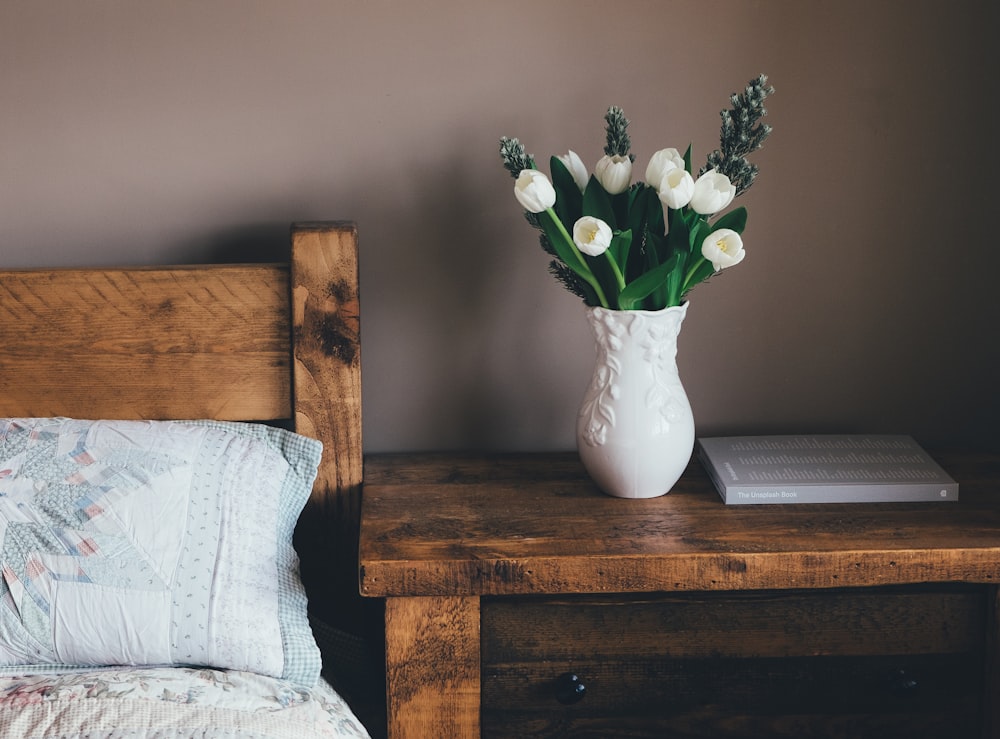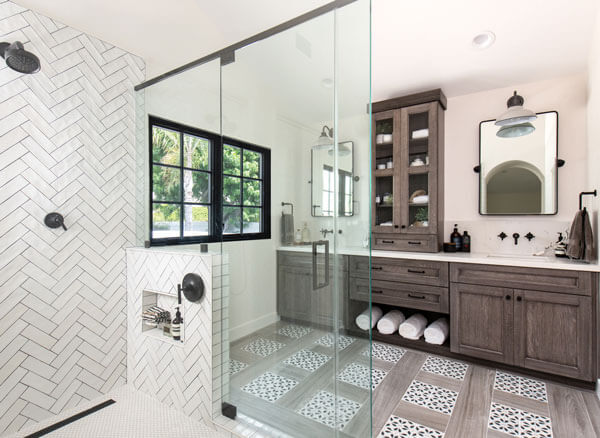Sub Heading: Understanding Aging in Place Modifications
As individuals age, the importance of creating a safe and accessible living environment becomes paramount. Aging in place modifications are designed to enhance the accessibility and functionality of homes, allowing seniors to maintain their independence and quality of life. These modifications encompass a range of adjustments and renovations tailored to meet the unique needs of aging individuals.
Sub Heading: Improving Mobility and Safety
One of the primary goals of aging in place modifications is to improve mobility and safety within the home. This includes installing grab bars and handrails in key areas such as bathrooms and staircases to prevent falls. Additionally, ramps or lifts may be added to eliminate barriers and make navigating the home easier for individuals with mobility challenges.
Sub Heading: Creating Barrier-Free Spaces
Aging in place modifications focus on creating barrier-free spaces that are easy to navigate, particularly for individuals using mobility aids such as wheelchairs or walkers. This may involve widening doorways, removing tripping hazards like rugs, and ensuring that flooring surfaces are non-slippery. These adjustments promote independence and reduce the risk of accidents.
Sub Heading: Enhancing Bathroom Accessibility
The bathroom is a critical area that requires special attention when it comes to aging in place modifications. Installing walk-in showers with grab bars, adjustable showerheads, and built-in seating can make bathing safer and more convenient. Raised toilets and grab bars near toilet areas also improve accessibility for seniors with limited mobility.
Sub Heading: Kitchen Modifications for Ease of Use
Aging in place modifications extend to the kitchen, where adjustments are made to enhance ease of use and accessibility. Lowering countertops, installing pull-out shelves and drawers, and using lever-handled faucets can make cooking and meal preparation more manageable for seniors. These modifications promote independence and allow individuals to continue enjoying their culinary activities.
Sub Heading: Smart Home Technology Integration
Advancements in smart home technology play a significant role in aging in place modifications. Integration of voice-activated controls, smart lighting, and home automation systems can simplify daily tasks and enhance convenience for seniors. These technologies enable individuals to control various aspects of their homes with voice commands or remote access, promoting independence and efficiency.
Sub Heading: Improving Lighting and Visibility
Proper lighting is crucial for aging in place modifications as it enhances visibility and reduces the risk of accidents. Installing bright, glare-free lighting in key areas such as hallways, staircases, and entryways improves safety and navigation. Motion-activated lights can also be beneficial, automatically illuminating pathways when movement is detected.
Sub Heading: Addressing Environmental Comfort
Aging in place modifications also focus on addressing environmental comfort to ensure a pleasant living experience for seniors. This includes optimizing indoor air quality, maintaining comfortable temperatures, and providing adequate ventilation. These factors contribute to overall well-being and comfort, allowing seniors to enjoy their homes to the fullest.
Sub Heading: Considerations for Cognitive Health
In addition to physical modifications, aging in place considerations may also include elements designed to support cognitive health. This can involve organizing spaces to reduce clutter, using color contrast for better visibility, and incorporating memory aids such as reminder boards or calendars. These strategies help seniors maintain independence and cognitive function.
Sub Heading: Collaborative Approach and Professional Guidance
Aging in place modifications often require a collaborative approach involving homeowners, family members, healthcare professionals, and experienced contractors or designers. Consulting with professionals specializing in aging in place design ensures that modifications are tailored to individual needs and adhere to safety standards. This collaborative effort results in customized solutions that enhance accessibility, safety, and comfort for seniors aging in place.
Sub Heading: Promoting Independence and Quality of Life
Ultimately, aging in place modifications are designed to promote independence, autonomy, and quality of life for seniors. By creating safe, accessible, and comfortable living environments, these modifications empower individuals to age gracefully in their homes, surrounded by familiar surroundings and cherished memories. Investing in aging in place modifications is not just about improving physical spaces; it’s about honoring and supporting the desire for independence and dignity as individuals age. Read more about Aging in place modifications



